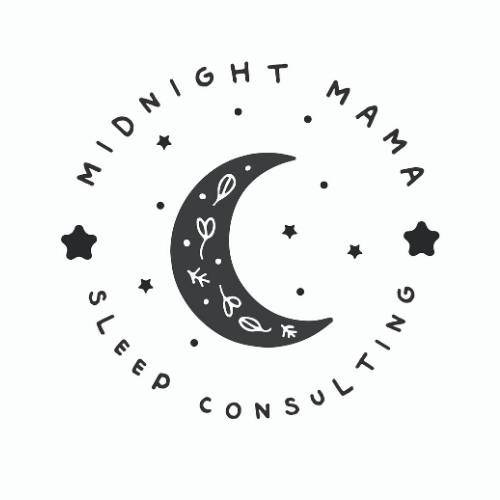Awake Windows By Age: The Ultimate Guide to Baby Sleep Schedules
Why do wake windows matter?
Wake windows matter because they help prevent your baby from becoming overtired and allow them to build up enough sleep pressure (a topic for another time) to fall asleep on their own. If a baby doesn’t feel tired in their body, they won’t sleep. But if they’re too tired, they often struggle to settle.
If your baby is fighting naps or waking up every hour during the night, their wake windows might be the missing piece of their sleep schedule.
What are wake windows?
A wake window is the period your baby or toddler is awake between one nap and the next. It’s one of the most important building blocks for better baby sleep. Wake windows include everything that happens once you take them out of their crib or bassinet including feeding, playing, routines, or even shopping trips.
Wake windows by age
awake time by age:
0-12 Weeks: 45-90 Minutes
3-5 Months: 1.5-2.15 Hours
5-8 Months: 2.5-3.25 Hours
8-12 Months: 2.5-3.75 Hours
12-18 Months: 3-4.5 Hours
18 Months-3 Years: 5-6 Hours
These times are great guidelines, but every baby is different. Some may need slightly shorter or longer awake times depending on their temperament and sleep needs.
How to know when your baby is tired
It’s always a good idea to watch your baby for sleep cues. Every baby is different, but some common signs include rubbing their eyes, yawning, glossy eyes, or that “spaced-out” look. Other cues might be pulling at their ears, closing their fists, or becoming fussy.
A helpful tip is to start their quick nap routine about 10 minutes before the end of their wake window.
This can include a short song, reading a book, changing their diaper, or a quick feeding (just make sure they don’t get too drowsy!).
Common wake window mistakes parents make
We all make mistakes. I know I’ve made plenty as a first time parent. We’re all just trying to find the best rhythm for our babies.
A few common mistakes include keeping your baby up too long (which leads to overtiredness) or following the clock too rigidly instead of your baby’s cues. Sometimes your baby might be ready for sleep earlier than expected, and that’s okay! If they’ve been awake for a reasonable amount of time and are showing tiredness, like fussiness or zoning out, it’s fine to start the nap routine a little earlier.
Another common mistake is not adjusting for growth spurts or sleep regressions when your baby might need more rest. That’s completely normal, and you can always adapt as your baby’s sleep patterns change.
What to do during wake windows
Ah, this is one of my favorite questions! I recommend doing whatever you’d normally do and simply include your baby in it. Need to go grocery shopping? Bring your baby along!! It’s a great way to “kill” a wake window. Grocery stores are full of stimulation: lights, sounds, colors, and people, all help tire babies out for their next nap.
The next wake window could be focused on baby development like tummy time, rolling over practice, reading, or playtime. I like to dedicate one wake window to myself (getting out of the house or tackling errands) and the rest of the day to baby focused activities.
If you need to get some cleaning done, babywearing can be a total lifesaver!
If you have any questions, don’t hesitate to drop them below!
